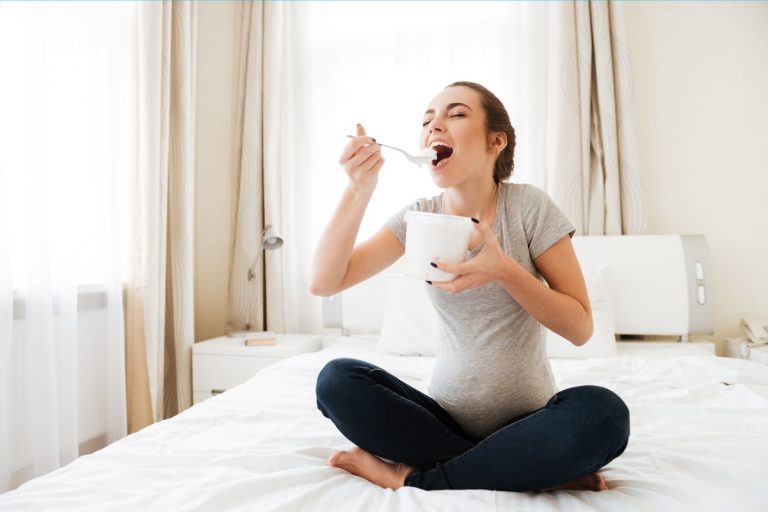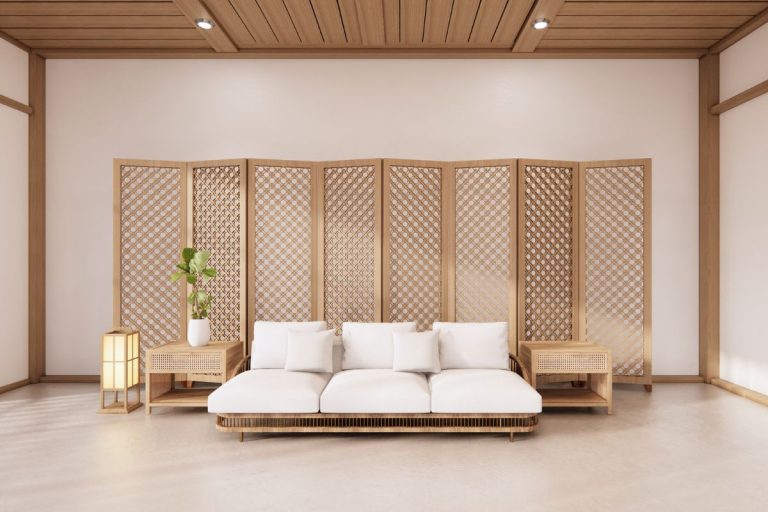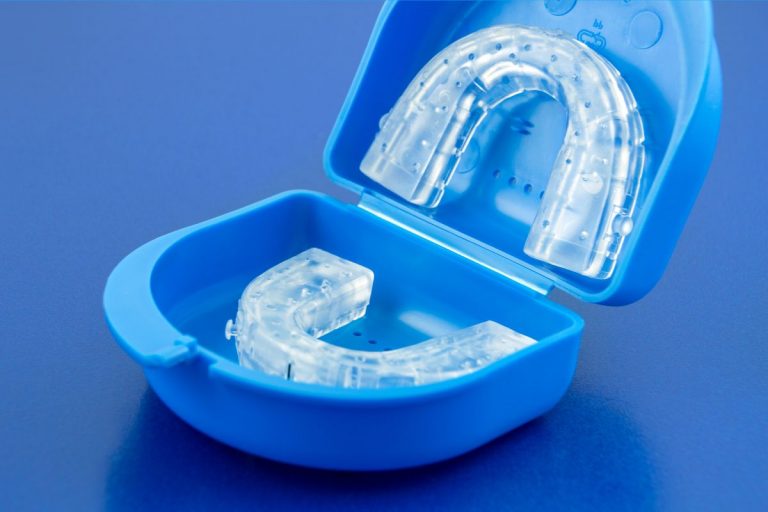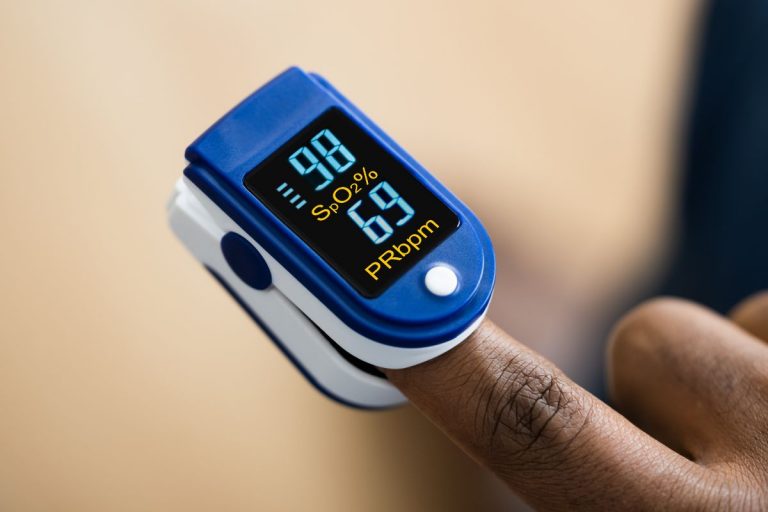Contrary to how easy it looks on the surface, getting sleep right can take some work. You have to get lighting and temperature right, what and when you eat factors in too, even the colors in your bedroom matter and another major factor you must optimize for is noise.
Most people intuitively understand that the sound conditions in your sleep environment can make or break your sleep sessions. As a result, it is common for sleepers to try to block out as much external noise as possible from their bedroom.
Consequently, to the uninitiated, adding noise to help improve sleep will sound like a strange, crazy idea. If you fall into this category, it may further surprise you to learn that adding noise is a pretty common practice.
According to a 2012 poll by the National Sleep Foundation, 5% of Americans use sound conditioners—including fans, phone apps, or machines that produce white noise, to help improve their sleep.
However, does this hack work, or is it yet another gimmick? Is white noise any good for better sleep?
Does White Noise Help You Sleep?
Ask this question to any audience, laypeople, and experts alike, and you are bound to get conflicting answers.
While some swear to the efficacy of white noise, dropping claims that some form of white noise is the only way they can fall asleep, others find it disrupting. Others still do not see any difference in sleep quality with or without a sound conditioner.
So does white noise help you sleep better? Short answer, yes, for some sleepers, at least.
According to Joseph Ojile, M.D., CEO at Clayton Sleep Institute, for people that see improved sleep with white noise, the sound acts as a form of backdrop noise that keeps your brain distracted, so it can’t focus on any jarring sounds in the environment.
However, while many sleep experts agree that white noise creates a soothing feel that works for many, there is limited data that backs its efficacy in promoting sleep.
Nevertheless, one 2005 study in the Journal Sleep Medicine, backs up the idea that some background noise can help people better tune out squeaks or rattles that will otherwise disrupt sleep.
In the study, researchers found out that subjects sleeping with white noise in the background recorded far fewer arousals than control subjects when exposed to recorded sounds of a hospital environment.
However, while white noise may bring these soothing properties for a significant percentage of the population, for others, it may bear little or no relief, or might even be jarring.
Note: There are many different white noise sounds from buzzing fans, nature-esque sounds, to the raspy, metallic whir of an old-school air conditioner. Consider trying out a few different types to find the one that works best for you before giving up on white noise.
The only way to find out if white noise works for you is to try it out, and the good thing is, there are a lot of free apps that can help with that. Does white noise do it for you? Then you may want to consider upgrading to a dedicated white noise machine.
What is White Noise?
Contrary to popular belief, not all ambient sounds are white noise. While the sounds of chirping beds, rainstorms, and rolling waves can be quite relaxing, they all do not qualify as white noise. So, what is white noise, then?
Technically, for any background noise to work as white noise, it has to be consistent across all hearable frequencies and stay so for the entire duration of play. This constant nature of white noise creates a phonic mask that blocks out any sudden noises—for instance, a dog barking across the street.
Note: You do not need a dedicated device to create white noise. A fan, air purifier, or any other machine that makes a consistent, yet soothing sound qualifies as a white noise maker, provided it works for you.
Also Read: White Noise Machine vs Fan for Better Sleep (Advice from a Light Sleeper)
Why Does White Noise Work?
When your sleep gets disrupted by noise at night, what wakes you up is not the fact that that specific sound occurred, but rather the marked difference in frequency it has from the other background noise.
No one sleeps in an entirely silent room. According to Eric Heller, author of Why You Hear What You Hear, even a quiet bedroom typically measures at 40 dBA. To put that in context, standing 50 feet from a busy freeway, you get on double that at 80 dBA. And this reality helps us make sense of why a white noise producer may work for improving sleep.
Since we can’t have absolute silence in our bedrooms, we all have specific sound frequencies that our bodies have acclimatized to for sleep. For some, even sounds that the average person may find jarring, like the buzz of a highway 20 feet away, or a snoring partner becomes their backdrop of choice, and they find it harder to fall or stay asleep when it disappears.
With white noise, you get a light mechanically-produced sound that is high enough to block out most sudden noises, yet sufficiently soothing that it does not trigger your senses. Furthermore, since white noise stays at the same frequency throughout, you do not have to worry about abrupt volume changes that can create disruptions of their own.
Consequently, white noise often works wonders for many light sleepers, as its masking ability is excellent for drowning out any potentially jarring nighttime sounds.
Another category of people that can gain significant benefits from white noise use is people who are unsettled by total silence and find it harder to fall asleep in such rooms.
Note: While white noise may help increase your chance of restful sleep, if you are consistently getting sleep disruptions, you should also consider other potential causes like a bad mattress or sleep disorders like sleep apnea.
White Noise for Babies
Another segment of the population that white noise machines are heavily marketed towards is babies. So, does white noise help babies sleep better?
Yes, for some babies, it works like a charm. However, even if your baby likes it, there are a few other things you should keep in mind.
White noise emitters can help to block out noise from older children and other jarring sounds around the house, helping your baby sleep better and for longer. Even more, some white noise machines have options that mimic the human heartbeat, which provides babies with a soothing substitute to being cradled by mom.
One 1990 study in the Journal of Disease in Childhood further cemented the case for white noise use, with subjects showing a marked influence of white noise in getting better sleep. In the study that observed 40 babies between 2-7 days old, 80% of the 20 subjects exposed to white noise fell asleep within five minutes compared with only 25% from the control group.
However, despite its promising potential for use with babies, white noise in this use case comes with a few potential drawbacks.
One 2014 study by the American Academy of Pediatrics, testing 14 white noise emitters explicitly designed for use with babies, all noise conditioners posted sound ratings that exceeded the 50-decibel recommended noise limit for infants.
Consequently, these machines pose a risk of causing problems with speech and language development in your children.
Note:
To counteract these possible downsides, the academy many pediatricians recommend you maintain a distance of at least 7 feet between the white noise maker and your baby crib at all times. You should also consider keeping the volume on the machine at a moderate level.
Another potential downside to white noise use with babies is that they may enjoy the feature too much and become reliant on it.
This can become a real problem in situations where the sound machine is not readily available, like at daycare.
What of Pink, Brown, Black Noise?
It won’t take long researching this topic before you encounter other types of noise like pink noise, black noise, and brown noise. So, what are these, and are they any good?
As with other forms of lifestyle hacks, product manufacturers have taken things a step further, experimenting with other types of backdrop noise.
Pink, brown, and black noise are all variations of regular white noise with modification to various aspects of their sound profile. While white noise is stable across all frequencies, pink noise, for example, emphasizes the lower ends of the sound spectrum.
Consequently, each type of noise may even have different responses depending on the individual, and you may prefer anyone over the other.
Nevertheless, irrespective of the type of noise your sound machine produces, experts agree that all research currently available is only exploratory, and further study is required for a better understanding of their impact.
Know More:
- Pink Noise Vs. White Noise Vs. Brown Noise: Which is Best for Sleeping?
- 5 Best White Noise Machines in 2022





